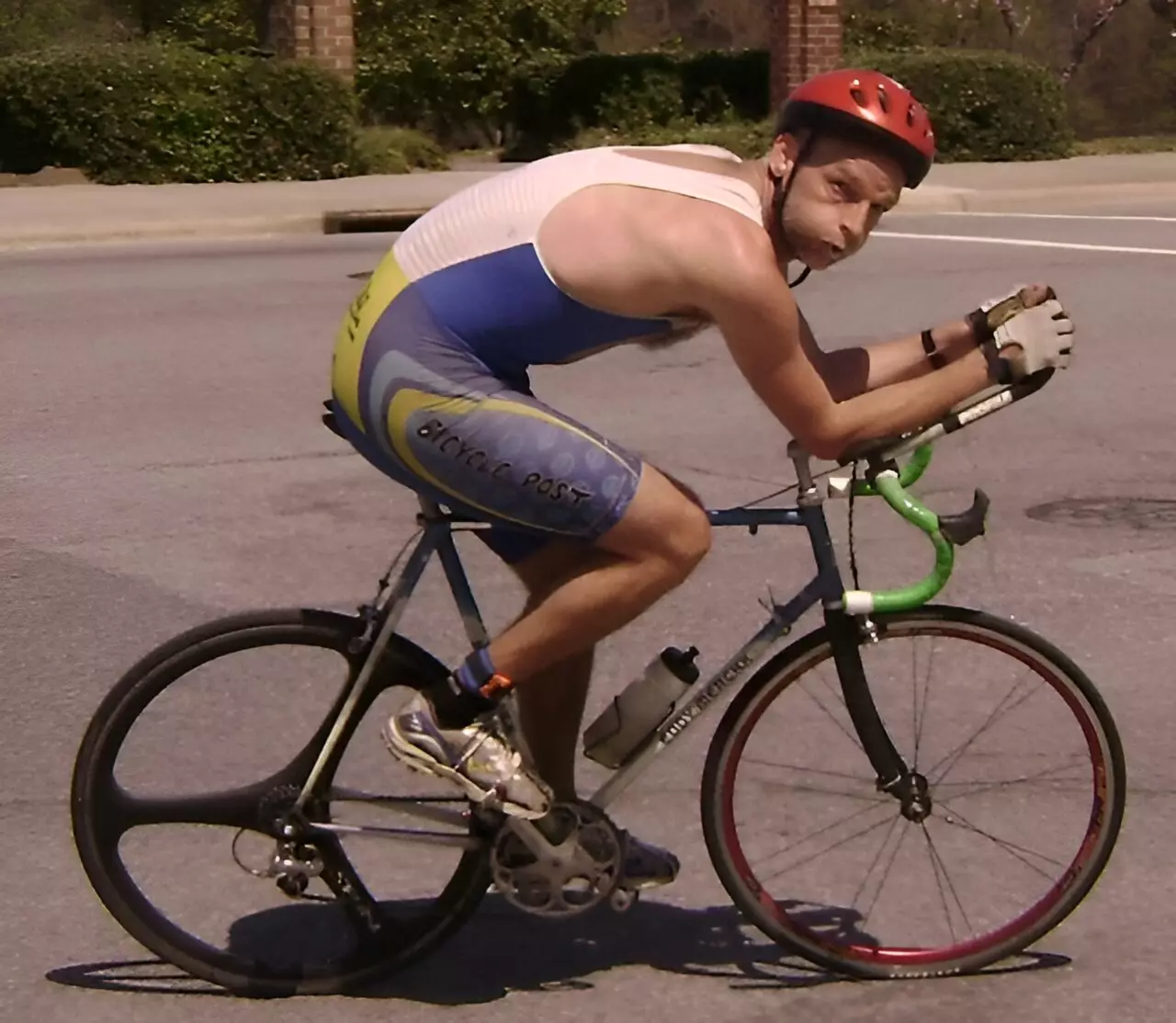In the challenging world of cycling, a unique feat has emerged known as “Everesting.” This term refers to the stringent task of cycling up and down the same mountain until one accumulates an elevation of 8,848 meters, which is equal to the height of Mount Everest. Everesting is not merely about endurance; it encompasses strategic pacing, physical conditioning, and an understanding of the surrounding environmental factors. Cyclists participating in this endeavor face numerous variables, including empty stretches of road, daunting hills, and—of particular interest—wind conditions. A recent record-setting achievement in Everesting ignited debates within the cycling community, particularly concerning the notable tailwind that allegedly aided the cyclist in question. This situation not only stirred excitement among enthusiasts but also prompted scientific inquiry into how significant the effects of wind can be during such a grueling challenge.
The controversy surrounding the influence of a tailwind during the record-setting climb revealed an interesting quandary: To what extent can natural elements, such as wind, impact performance? Martin Bier, a physics professor from East Carolina University, decided to investigate this topic further. Many cyclists believe that a significant tailwind can drastically improve ascent times. Logically, the assumption follows that if one can cut through the wind’s resistance while climbing uphill, it would compensate for the arduous effort of pedaling against gravity. However, Bier’s research pointed out a critical misunderstanding of the dynamics involved in cycling, especially when tackled at varying speeds.
As a cyclist ascends a hill, the resistance from air friction cannot be ignored—but it plays a far less significant role than gravity. Bier’s findings challenge the initial supposition that favorable wind conditions can lead to indistinguishable gains in speed on ascents. The physics behind this phenomenon indicates that wind resistance increases with the square of speed, meaning that at slower speeds, such as those encountered when climbing, the effect of wind is substantially reduced. Conversely, during descents where cyclists can achieve high speeds, air resistance becomes overwhelmingly apparent.
Bier meticulously explains the relationship between speed and air resistance: doubling your speed demands quadrupled effort, while tripling your speed requires nine times the power. This geometric relationship highlights why the struggles against gravity are much more consequential on climbs than the wind’s hindrance. In an Everesting attempt, the predominant factors at play involve maximizing power output, or “watts”, and overcoming gravitational forces. Thus, while a tailwind may confer small advantages on the way up, it is fleeting compared to the persistent battle ciclists face against the elevation gain.
More intriguingly, the downhill portion, where speeds can surge to an impressive 80 kilometers per hour, poses a formidable challenge; the impact of a headwind becomes pronounced, effectively negating any marginal gain achieved during the ascent. The high air resistance acts to significantly diminish the cyclist’s speed, leading to the conclusion that wind conditions have less impact on overall performance when viewed in the context of an entire Everesting attempt.
Bier’s research conveys a crucial takeaway for serious cyclists interested in optimizing their Everesting attempts: there is no substitute for physical preparation. Instead of waiting for that elusive perfect wind on the day of the ride, cyclists should focus on enhancing their power output and reducing body weight. The conclusion is stark: improvements in cycling require diligence, discipline, and strategic training methods rather than relying on nature’s whims.
Ultimately, the interrogation of wind’s role in cycling performance, particularly in endeavors like Everesting, serves as a microcosm of larger discussions in sports science. Physical conditioning remains paramount, and while environmental factors play roles, they should not distract from the core principles of training and preparation. Looking ahead, athletes must focus on what they can control, fueling their ambition to conquer the heights without succumbing to distractions.


Leave a Reply